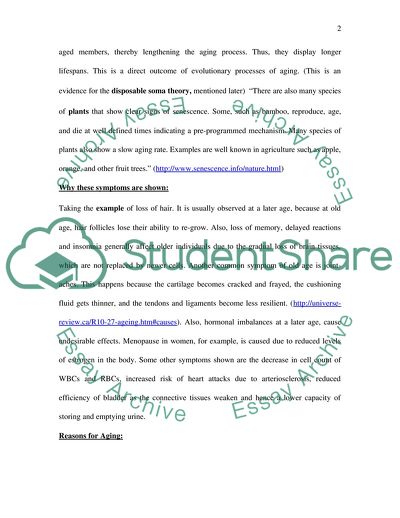Cite this document
(Aging Biological Changes Assignment Example | Topics and Well Written Essays - 1250 words, n.d.)
Aging Biological Changes Assignment Example | Topics and Well Written Essays - 1250 words. https://studentshare.org/biology/1712857-aging
Aging Biological Changes Assignment Example | Topics and Well Written Essays - 1250 words. https://studentshare.org/biology/1712857-aging
(Aging Biological Changes Assignment Example | Topics and Well Written Essays - 1250 Words)
Aging Biological Changes Assignment Example | Topics and Well Written Essays - 1250 Words. https://studentshare.org/biology/1712857-aging.
Aging Biological Changes Assignment Example | Topics and Well Written Essays - 1250 Words. https://studentshare.org/biology/1712857-aging.
“Aging Biological Changes Assignment Example | Topics and Well Written Essays - 1250 Words”. https://studentshare.org/biology/1712857-aging.


